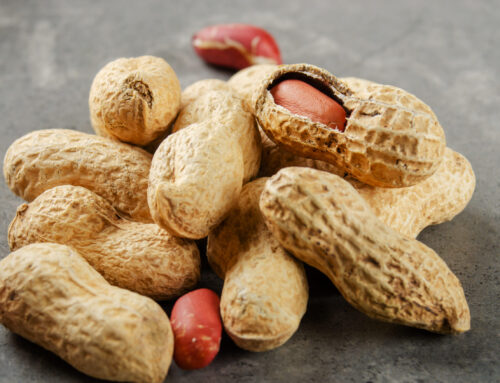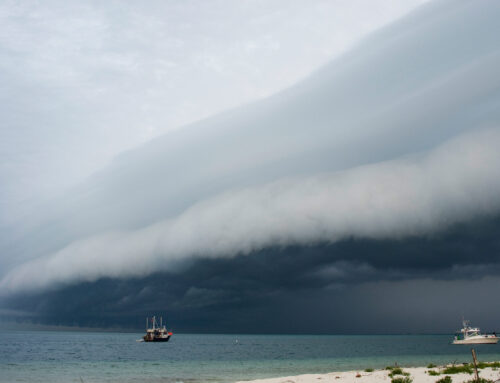As summer winds down, many young athletes are eagerly anticipating the start of fall sports. Getting back on the field is exciting; however, for athletes with asthma, this transition requires preparation to ensure a safe and successful season. In this month’s newsletter, we discuss beating heat-induced asthma flares as you prepare for a winning fall sports season!
- Schedule a Pre-Season Check-up with Your Doctor:
This is the most crucial step! Before practices even begin, make an appointment with your child’s doctor. Discuss their asthma action plan, review their current medications, and ensure their inhalers are not expired and are readily available. This is also a good time to discuss any new or worsening symptoms and adjust medication if necessary.
- Update and Share Your Asthma Action Plan:
Work with your doctor to create a personalized Asthma Action Plan. This plan should clearly outline daily maintenance medications and dosages, recognizing symptoms, and steps to take in the event of an asthma flare, including when to seek emergency medical attention. Make sure to share this plan with all coaches, trainers, school nurses, and any other relevant school personnel. Ensure they understand the plan, know where rescue inhalers are stored, and are aware of what to do in an emergency. Don’t assume they know – be proactive!
- Proper Medication Management:
- Always Carry Rescue Inhaler: Your child should have their rescue inhaler (e.g., albuterol) with them at all practices, games, and team events. It should be easily accessible, not buried at the bottom of a sports bag. Remember that extreme heat can potentially degrade some medications, including inhalers, so store them in a cool, dry place when not in use.
- Pre-Treat if Necessary: Discuss with your doctor whether your child should use their rescue inhaler 30 minutes before exercise to prevent exercise-induced bronchoconstriction (EIB).
- Adhere to Maintenance Medications: Consistency is key for controller medications. Skipping doses can lead to poorly controlled asthma and an increased risk of flare-ups during physical activity, which can be even more challenging to manage in hot conditions.
- Understand Environmental Triggers and Heat Safety:
- Temperature and Humidity: Hot and humid conditions can make breathing more difficult for those with asthma as airways may tighten. The body also works harder to cool itself.
- Pollen and Mold: Be aware of pollen counts (especially ragweed in the fall) and mold levels, particularly on high-risk days or in damp environments. If possible, modify outdoor activity during peak times, or consider indoor alternatives.
- Air Quality: Pay attention to local air quality reports (ozone and particulate matter can be higher on hot days). On days with high pollution, limit outdoor exertion.
- Hydration is Crucial: Athletes with asthma, like all athletes, are at risk for heat-induced injuries (cramps, exhaustion, stroke). Dehydration can impair the body’s ability to cool itself effectively, raising core body temperature and increasing the risk of heat illness. Ensure your child drinks plenty of water before, during, and after practices and games, even if they don’t feel thirsty. Sports drinks with electrolytes may be beneficial for prolonged, intense activity.
- Recognize Signs of Heat Illness: Be aware of symptoms like muscle cramps, dizziness, headache, nausea/vomiting, excessive sweating (or lack of sweating in severe cases), confusion, and irritability. If these symptoms appear, stop activity immediately, move to a cool place, loosen clothing, and cool the body (with water, cool towels, or ice packs). Seek medical attention for severe symptoms or if improvement doesn’t occur.
- Warm-up and Cool-down Properly:
A gradual warm-up before activity and a cool-down afterward are beneficial for all athletes, but especially for those with asthma. This helps the lungs adjust to the change in activity level and allows the body to gradually acclimate to and recover from physical exertion, particularly in warm weather.
- Listen to Your Body (and Your Child’s Body):
Encourage your child to communicate any symptoms they are experiencing, no matter how minor they seem – whether it’s asthma-related or signs of overheating. Coaches should also be vigilant in observing athletes for signs of asthma distress or heat illness, such as coughing, wheezing, shortness of breath, chest tightness, unusual fatigue, or changes in behavior. Pushing through symptoms can be dangerous.
With proper planning, diligent hydration, and clear communication, athletes with asthma can enjoy a successful and active fall sports season, minimizing the risks of both asthma flare-ups and heat-induced injuries. By taking these proactive steps, you can help ensure your child is ready to play their best and stay healthy on and off the field!




